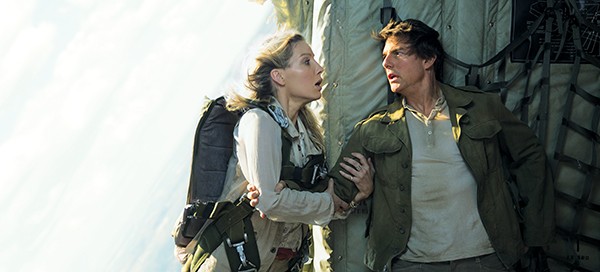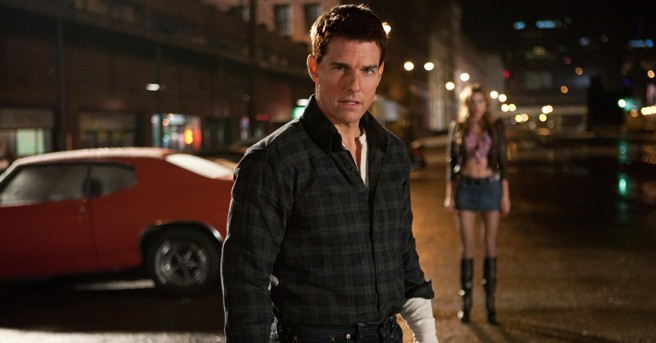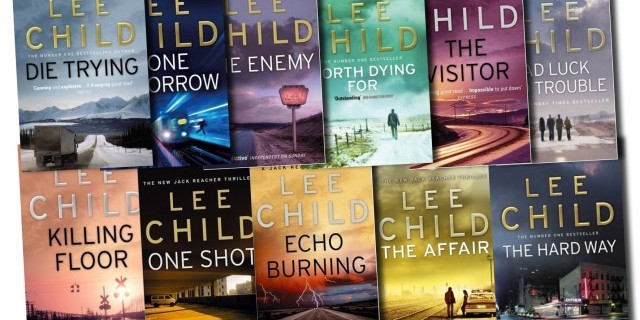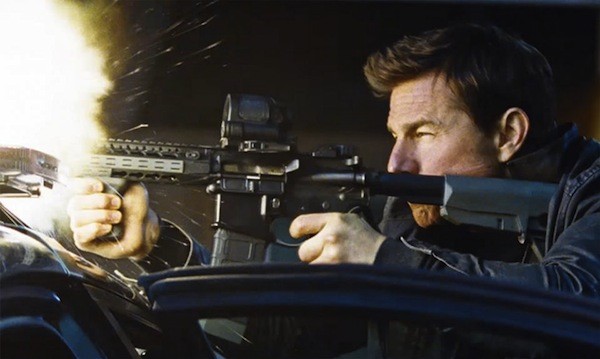Once upon a time, there was a beautiful place called Hollywood. In that place lived a company called Universal, which made movies. One of those movies was about a vampire named Dracula, and people really, really liked it. So the people of Universal, in their wisdom, said “We should make more movies like that!”
And so they did. They made a movie called Frankenstein, which was liked by even more people. And Universal said, “We should do, like, a lot of these.”
Universal made a movie called The Mummy. It was like Dracula, only with a mummy instead of a vampire. The mummy was played by Boris Karloff, who also played Frankenstein, so for Universal, it was like two movies in one. People really liked The Mummy, even though it wasn’t as good as the other two. In a happy coincidence, Universal made a lot of money.
So Universal said, “If it ain’t broke, don’t fix it!” They kept making movies about monsters. One of them was about an Invisible Man, who you would think wouldn’t be such a great subject for a visual medium, but he was. Another one was about a good guy named Dr. Jekyll who takes drugs and becomes a bad guy named Mr. Hyde. They made a movie about a man who turns into a wolf when the moon is full. You’d think that would make him happy because wolves are awesome, but it made him sad because he killed and ate people. And on and on it went.
When they ran out of ideas for new movie monsters, they used the old ones again. They made The Mummy again but called it The Mummy’s Hand. Then they made The Mummy’s Tomb, which made sense because tombs are where you find mummies. Then, The Mummy’s Ghost, which didn’t make sense, because mummies are kind of like ghosts already, so that’s like a ghost of a ghost. They got back on track with The Mummy’s Curse, because cursing is definitely something mummies do. Then the writers at Universal said, “Help! We’re out of mummy ideas!” So the Mummy met Abbott and Costello, and it did not go well.

Annabelle Wallis and Tom Cruise fear for their careers in the new Universal reboot of The Mummy.
Universal couldn’t think of anything else to do with the Mummy, so they sold him to a bunch of British people called Hammer, who made a movie called The Mummy. Then they made four more movies until they, too, ran out of mummy-related ideas.
Many years passed, and the rights to the Mummy reverted to Universal. In 1999, they decided to make another movie about a mummy. It was called The Mummy, and it starred a goofy fella named Brendan Fraser, not as the mummy, but as a guy who winked at the audience and said, “Get a load of this mummy, will ya?” This mummy movie was pretty boring, but people liked Fraser, and it had something called “CGI,” so Universal made a lot of money. Again, they said, “If it ain’t broke, don’t fix it” and made a sequel and a prequel and a prequel to the prequel, which itself had two sequels, and then another sequel, which had nothing to do with the prequels.
Several years passed. Disney started making movies about superheroes from Marvel comic books, all of which happened in the same universe and all of which made money. “Hey, we like money, too!” said Universal. “What if we took all of our movie monsters and put them in the same universe?” And so they made a movie about a vampire called Dracula Untold, and it was awful.
So Universal said, “Everybody forget about Dracula Untold!” and made a movie about a mummy called The Mummy. This time, instead of Boris Karloff, the Mummy would be played by a hot chick named Sofia Boutella, and instead of Brendan Fraser, the guy who says “Get a load of this mummy” was Tom Cruise, Captain of the Douche Canoe. And to help put flesh on the bones of the new universe, which Universal called the Dark Universe, they got Russell Crowe, who used to be a gladiator, to play Dr. Jekyll and also Mr. Hyde.
Then, a writer said “Hey, Universal! We used up all the good mummy ideas in The Curse of the Mummy’s Tomb, so how about we steal some scenes from An American Werewolf in London?”
And Tom Cruise said, “Steal some scenes from Mission Impossible, too. People like me in those movies.” Then he dove into a swimming pool full of money.
And Universal said, “If it ain’t broke, don’t fix it!”
And that, children, is why the new Mummy movie sucks.


